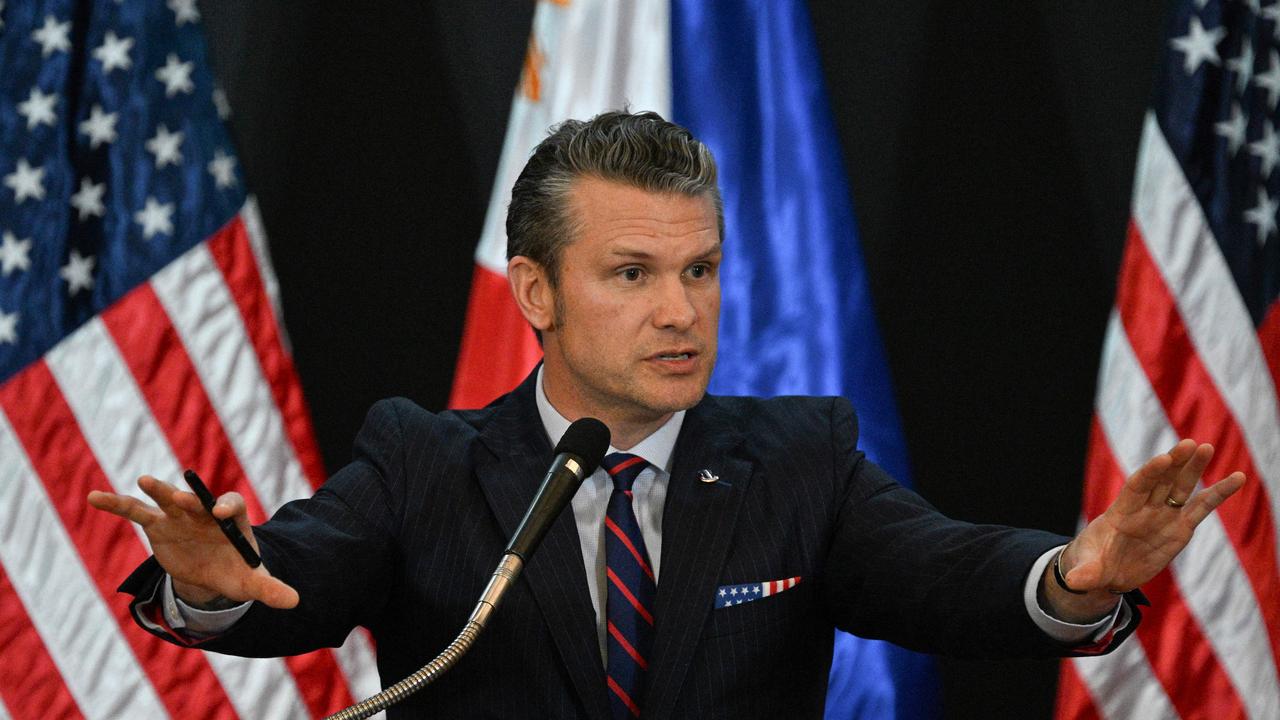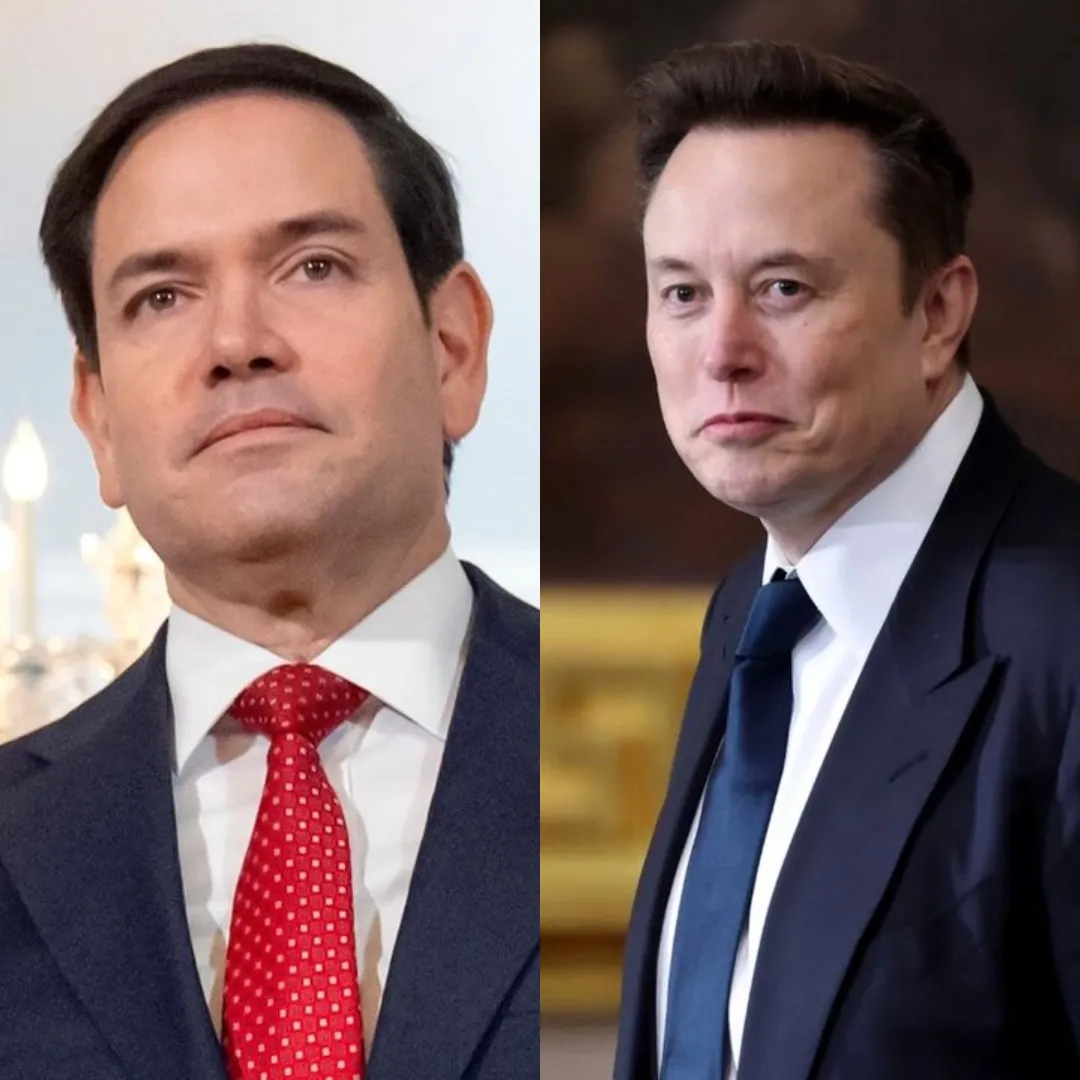
In one of his most direct and urgent warnings to date, U.S. Secretary of Defense Pete Hegseth declared on Saturday that a military attack by Communist China against Taiwan “could be imminent,” signaling a dramatic escalation in the Trump administration’s posture toward Beijing and delivering a jolt to America’s Indo-Pacific allies.
Speaking during a high-stakes appearance at the IISS Shangri-La Dialogue in Singapore, Hegseth called China’s behavior a wake-up call not only for the United States, but for its strategic partners across Asia and beyond.
The setting was no accident. The Shangri-La Dialogue is the Indo-Pacific’s premier security conference, attended by defense ministers, military chiefs, and global security analysts.
Hegseth, in his first major address since taking over the Pentagon under President Trump’s second term, made clear that the era of polite warnings and diplomatic hedging was over.
The message from Washington was unmistakable: America is rearming, regrouping, and readying its allies to face down the most serious threat to global stability since the Cold War.
“Any attempt by Communist China to conquer Taiwan would result in devastating consequences for the Indo-Pacific and the world,” Hegseth stated bluntly, a tone that left no room for ambiguity.
“There is no reason to sugarcoat it. The threat China poses is real, and it could be imminent. We hope not, but it certainly could be.”
This stark warning came just hours after U.S. intelligence officials reaffirmed that President Xi Jinping has ordered the People’s Liberation Army (PLA) to develop full invasion capabilities by 2027.
While many analysts have stressed that an attack isn’t necessarily inevitable or even immediate, Hegseth’s remarks suggested a deeper level of concern and urgency inside the Trump administration’s security apparatus.
More than rhetoric, it was a strategic signal that the U.S. is done waiting for Beijing to act and is now actively preparing to deter and, if necessary, counter military aggression in the region.
Hegseth didn’t stop with China’s threats against Taiwan. He delivered a scathing critique of America’s recent approach to deterrence in Asia, calling on allies to boost defense spending and match the resolve seen in Europe following Russia’s invasion of Ukraine.
“It doesn’t make sense for countries in Europe to do that while key allies in Asia spend less on defense in the face of an even more formidable threat,” he said, adding that North Korea’s belligerence only compounds the regional danger.
The contrast was sharp. In the Trump-Hegseth worldview, the Indo-Pacific is not a secondary theater—it is the priority theater. That pivot was first hinted at in Trump’s previous term, but under Hegseth’s leadership, it is now full doctrine.
The Secretary emphasized that America’s vast network of alliances in the Indo-Pacific remains a vital advantage, but one that risks being undermined by complacency and underinvestment among partner nations.
“Time is of the essence,” Hegseth warned, urging regional powers to act decisively. While praising the security cooperation that already exists, he stressed that peace through strength—the central tenet of the Trump administration’s foreign policy—will only hold if allies are willing to invest and modernize their own forces.
“The United States will not let our allies and partners be subordinated,” he promised. “President Trump is committed to achieving peace through strength.”
In a subtle but significant dig at the previous administration, Hegseth criticized the Biden-era strategic ambiguity that, in his view, only emboldened adversaries. “We do not seek conflict with China,” he said, “but we will not let our guard down while they rehearse for war.”
He then detailed what U.S. officials say is an alarming pattern of behavior from Beijing. China has ramped up cyberattacks targeting critical U.S. infrastructure, expanded aggressive military maneuvers in the South China Sea, and consistently harassed Taiwan’s airspace and maritime boundaries.
“Xi has ordered his military to be ready to invade Taiwan by 2027. The PLA is building the military needed to do it, training for it every day and rehearsing for the real deal,” Hegseth declared, putting China’s ambitions into stark relief.
Hegseth’s warning also included a sharp observation about economic dependency. “Many countries are tempted by the idea of seeking both economic cooperation with China and defense cooperation with the United States,” he said.
But he cautioned that this dual-track diplomacy is unsustainable in a crisis. “Economic dependence on China complicates our decision space during times of tension or conflict,” he said.
His warning underscored a growing belief in the Trump administration that economic ties to Beijing could be used as leverage to weaken or divide American-led alliances in the region.
That message wasn’t lost on his audience. With representatives from Japan, South Korea, Australia, India, and Southeast Asia in attendance, Hegseth’s speech doubled as a call to arms and a test of unity.
He made it clear that America’s commitment is rock solid—but it cannot act alone. Shared values, common threats, and strategic interests must be backed by shared sacrifices and investments.

Europe wasn’t left out of the equation either. When asked what role European militaries should play in the Indo-Pacific, Hegseth responded, “A big one.”
However, he was quick to clarify that the U.S. prefers European defense investments to remain concentrated in the Euro-Atlantic region, where NATO is still confronting the long-term challenge of Russian aggression.
“There is something to be said for the fact that China does not appreciate the presence of other countries in the region on occasion,” he noted. “It could be useful if Beijing factored the presence of European militaries in its calculus.”
The statement reflected a nuanced stance—welcoming European support in Asia for deterrence signaling, but emphasizing that their primary strategic responsibility remains at home.
It also marked a contrast with French President Emmanuel Macron, who just the night before had called for a broad “coalition of action” between Europe and Asia in response to U.S.-China tensions.
Hegseth’s reply, though diplomatic, made it clear that America’s focus is on strengthening regional actors first.
Defense experts at the forum picked up on the subtle divergence in strategy. Zack Cooper of the American Enterprise Institute noted, “He seemed to suggest that a European presence in Asia could be helpful for deterrence of China, but also made clear that Europe should still prioritize operations in its own region.”
This slight hedge reflects a growing internal debate within NATO and U.S. strategy circles about the proper global distribution of allied military power.

One particularly pointed moment in Hegseth’s speech came when he referenced China’s absence from the conference. “We are here this morning, and somebody else isn’t,” he said, referring to Beijing’s decision not to send a defense minister.
The message was clear—while the U.S. and its allies show up, ready to engage in open dialogue and collective planning, China chooses opacity, isolation, and intimidation.
With the world watching and tensions rising, Hegseth’s speech marked a significant pivot in tone and urgency. It was more than a warning—it was a policy declaration. The Trump administration is no longer waiting for provocations; it is preparing for them.
Hegseth ended by reaffirming the U.S. commitment to Taiwan’s self-defense, hinting that Washington would not stand idly by if Beijing moved forward with an attack.
He did not detail what form U.S. support might take, but the implication was that American military assets in the region—already substantial—could be expanded or repositioned to reinforce deterrence.
The months ahead may prove pivotal. With the PLA continuing to modernize and tensions simmering in the Taiwan Strait, the question is no longer whether the U.S. will act, but how soon and how decisively.

Hegseth made clear that under President Trump, the United States will not be caught flat-footed. The Indo-Pacific is now the centerpiece of American defense strategy—and the clock is ticking.




